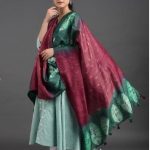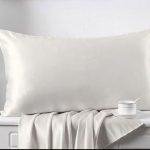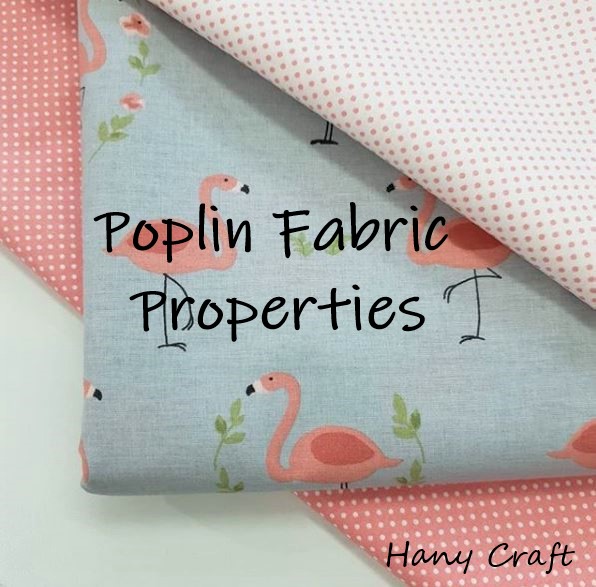Silk Fabric Properties, What is Silk?
Silk Silk is a luxurious, protein-based fiber that is derived from cocoons spun by silkworms. The fabric is woven using yarns made from this fiber. This incredible material was first discovered in China 5000 years ago and eventually spread to Anatolia and then to Europe.
To understand the production process of silk, it’s important to know that silkworms consume mulberry leaves as their primary food source. Once they mature, they begin to construct their cocoons in order to transform into butterflies. The cocoons are formed when the silkworm secretes liquid from its mouth, which solidifies upon contact with air. Remarkably, the silkworm completes the cocoon in just 3-4 days through uninterrupted work.
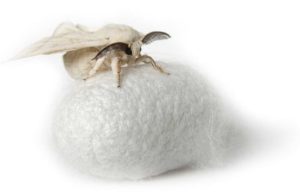
To produce high-quality silk, it’s important not to pierce the cocoons, as doing so can damage the silk. Unfortunately, to prevent this, the cocoons are typically boiled in hot water, which kills the insects inside (which is a sad fact to mention). Once the cocoons have been softened by boiling, their fibers can be spun into yarn. It’s possible to produce 450 to 900 meters of continuous yarn from a single cocoon. Silk fabric is then woven using these yarns, either pure silk or blended with other materials. The price of the fabric varies according to the proportion of silk used.
Silk fabric is particularly popular for special occasion dresses due to its elegant appearance and high quality. It’s also a healthy fabric to wear. However, it is delicate and requires careful maintenance. Because of this and its expense, silk is not typically used for daily clothing.
In summary, while silk is a beautiful and luxurious fabric, it requires special care and is more expensive than other materials, which is why it’s often reserved for special occasions.
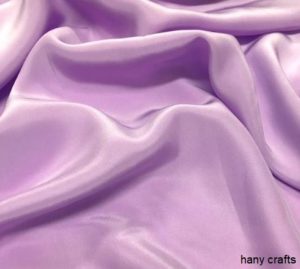
Properties of silk;
- Healthy because it is a natural fiber
- Bright and smooth
- Durable, soft and flexible
- Lightweight, comfortable
- Keeps cool in summer and warm in winter
- Absorbs moisture and dries quickly
- Elegant and draped
- Shines
- High resistance to deformation
Cons;
- Use requires much attention. Even water drops can stain
- Needs Care and maintenance
- If it is expose to sun for a long time, its color will fade
- Makes static electricity
- Expensive
Types of Silk Fabric
There are primarily four types of silk fabric: muga, mulberry, tasar, and eri silk. Additionally, chiffon fabric is also a type of silk fabric. While chiffon can be made from other materials, such as synthetic fibers, cotton, or rayon, chiffon made from silk is typically more luxurious and of higher quality.
Muga Silk
Muga silk, also known as the “king of silks”, is perhaps the rarest silk in the world and is only found in Assam. Its brilliant yellow appearance and polished, fine surface make it a highly sought-after material. The word ‘Muga’ means yellowish in Assamese.
Muga silk is entirely organic and has the strongest natural fiber, making it the most expensive kind of silk. As a result, it’s primarily used for making high-end products for the upper segments of the market. One of the most significant features of Muga silk is its durability and longevity.
This luxurious material is used to make a variety of products, including upholstery, hats, quilts, tops, wraps, scarves, stoles, wedding wear, sarees, and kurtas.
Mulberry Silk
Mulberry silk is the most common and widely used silk worldwide. It refers to silk produced from the cocoons of the larvae of Mulberry silkworms that are reared in captivity.
The silk produced from Mulberry silkworms is known for its exceptional strength, as it’s considered the strongest natural fiber in the world. In fact, a single fiber of Mulberry silk is stronger than a fiber of steel of the same dimension, making it incredibly durable.
Tussar Silk
Tussar silk, also known as “Wild Silk”, “Tassar Silk”, or “Tusar Silk”, is produced from silk worms that breed on wild forest trees, not mulberry trees. This type of silk is highly valued for its natural yellowish-brown color.
Tussar silk is significantly more textured than any other variety of silk. It’s commonly used to make sarees and silk suits because of its ease of draping. The texture of Tussar silk is also cooler and more breathable than other types of silk, making it particularly suitable for warmer climates.
The cost of Tussar silk is typically lower than other types of silk due to the fact that the worms are not fed on mulberry trees. In fact, it’s the rearing of Tusser silk worms that makes it a more affordable variety of silk
Eri Silk
Eri silk, also known as “Ahimsa silk” or “peace silk”, is often referred to as “the silk of the poor” due to its affordability. Unlike other types of silk, Eri silk is processed without killing the silkworm, resulting in non-continuous filaments. This production process makes Eri silk cheaper and a popular choice among vegans and Buddhists.
Despite its lower cost, Eri silk has exceptional characteristics. It’s incredibly strong, combining the style of silk with the comfort of cotton and the warmth of wool. This makes it a versatile and attractive option for a variety of clothing and textile applications.
What is made out of silk fabric?
Silk fabric is often preferred for special occasions due to its elegant appearance, despite being relatively expensive. Women also choose silk for headscarves and shawls because it allows for air circulation. Additionally, silk blended with other fibers is used to create suits, while silk-mixed fabrics are used in home textile products.
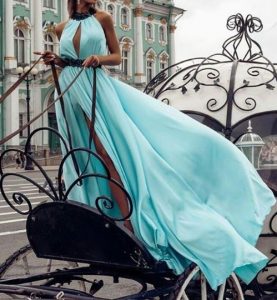
How to wash the silk fabric?
The use of pure silk fabric is comfortable but its care needs attention.
First to say, wash in accordance with the instructions on the product label. For the most part, recommendation is to dry cleaning. Don’t wash it in the washing machine. Also centrifugal drying can damage silk.
Secondly, If you prefer hand washing, water temprature should be low and wash gently with silk shampoo. If there is stain, the fabric’s residence time in the water should be long. It hereby becomes softer. The stain should be washed with light rubbing. Do not squeeze or tear the fabric. Add one tablespoon of vinegar to the rinse water. It will cleanse the shampoo. Softener, whitener etc. are not used for cleaning silk fabrics.
Dry it in the shade, fabric tends to discolour with direct sunlight. Very low and steam-free settings should be preferred. Iron from the rear face.
Reference:
https://www.utsavpedia.com/textiles/tussar-silk-the-story-of-wild-silk/
